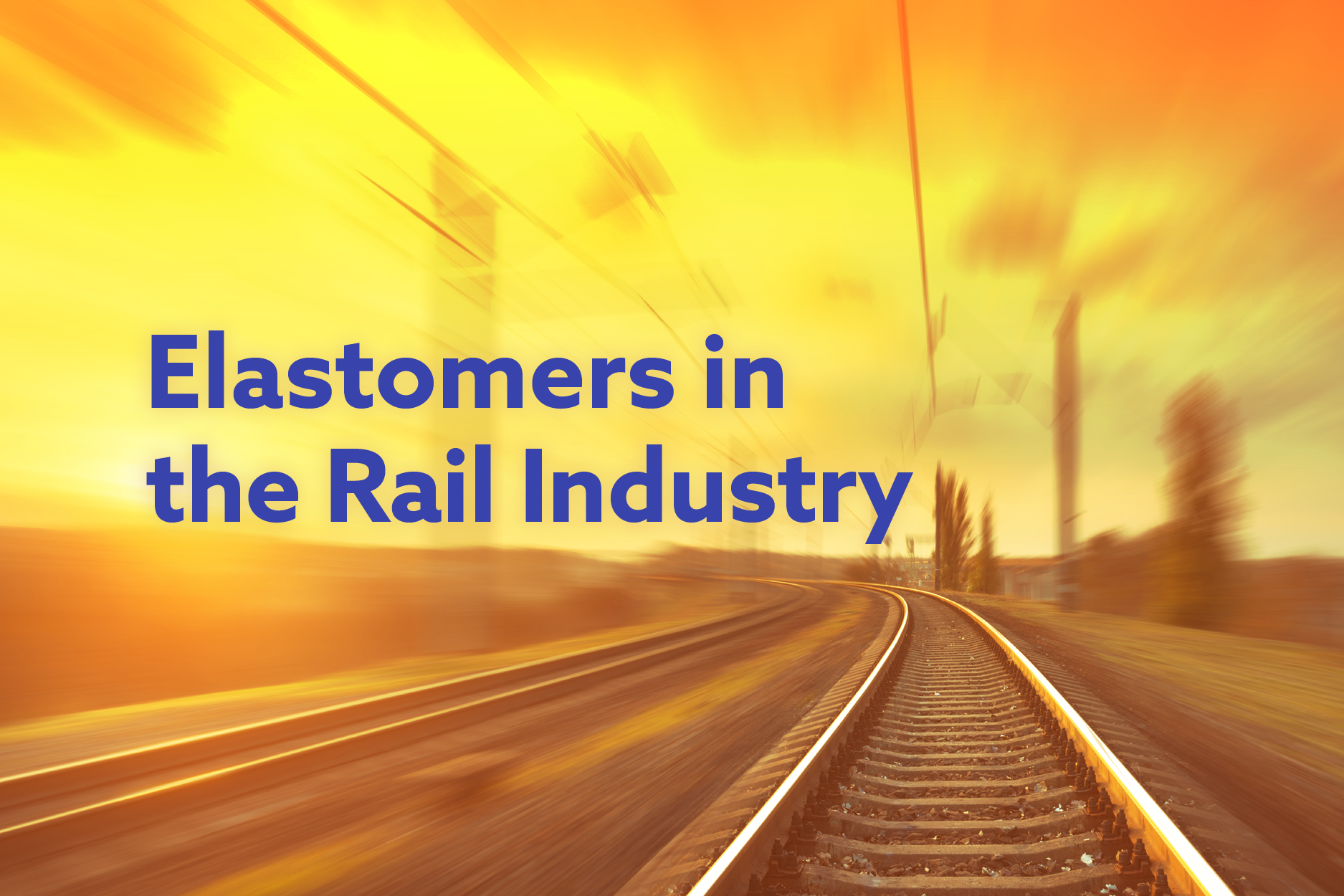Elastomers in the Rail Industry

The IOM3 Elastomer Group's Afternoon Technical Discussion Meeting series is the main platform for the technical and scientific community in the UK to discuss the use of rubber and elastomers materials. This meeting will have a particular focus on the rail industry.
This hybrid seminar will demonstrate a diverse overview of Elastomers in Rail and illustrate the different approaches to using elastomers in the industry. A broad range of elastomers are used for multiple purposes within the rail industry and contribute to the safety and overall comfort of passengers and people in the locality of the tracks. The various approaches to the title indicate that the wide interpretation of elastomers within the sector, ranging from the ballast track systems, through the bogey and into the carriage.
3 take-away benefits for participants attending this event:
- Understand how broadly elastomers are used and how integral they are in the industry.
- How sustainable materials can be used to provide alternative solutions.
- Discover how evolutionary testing is becoming in the industry.
The Evolution of Passenger Rail Vehicle Suspension Systems - Conrad Hextall
Whenever you travel on the railways for your daily commute or in pursuit of leisure activities, you have no doubt experienced various levels of comfort between the bumpy underground and the relatively smooth express trains.
The development of rail vehicle suspension systems have been in the making since the early 1800s from horse and cart technology to today’s elastomers and hydraulics. This talk will present the evolution of suspension solutions and their importance for safety and ride comfort.
Fatigue Analysis Approaches for Elastomers in Rail Applications - William Mars
Increased Sustainability in Ballastless Track Systems - Imogen Woodhead
Vibration Suppression System Synthesis: A Case Study on Railway Trailing Arm Bush Design - Prof Jason Zheng Jiang
In this talk, multidomain synthesis methodology for vibration suppression systems will be introduced. Traditional approaches rely on introducing specific modifications to existing designs – this leaves huge performance possibilities unexplored. The developed synthesis-based methodology enables optimum designs to be constructed. This will be demonstrated via a railway trailing arm bush case study. This case study links with a Railway Safety and Standards Board and Network Rail funded project, with GMT, University of Huddersfield, University of Cambridge as project partners.










